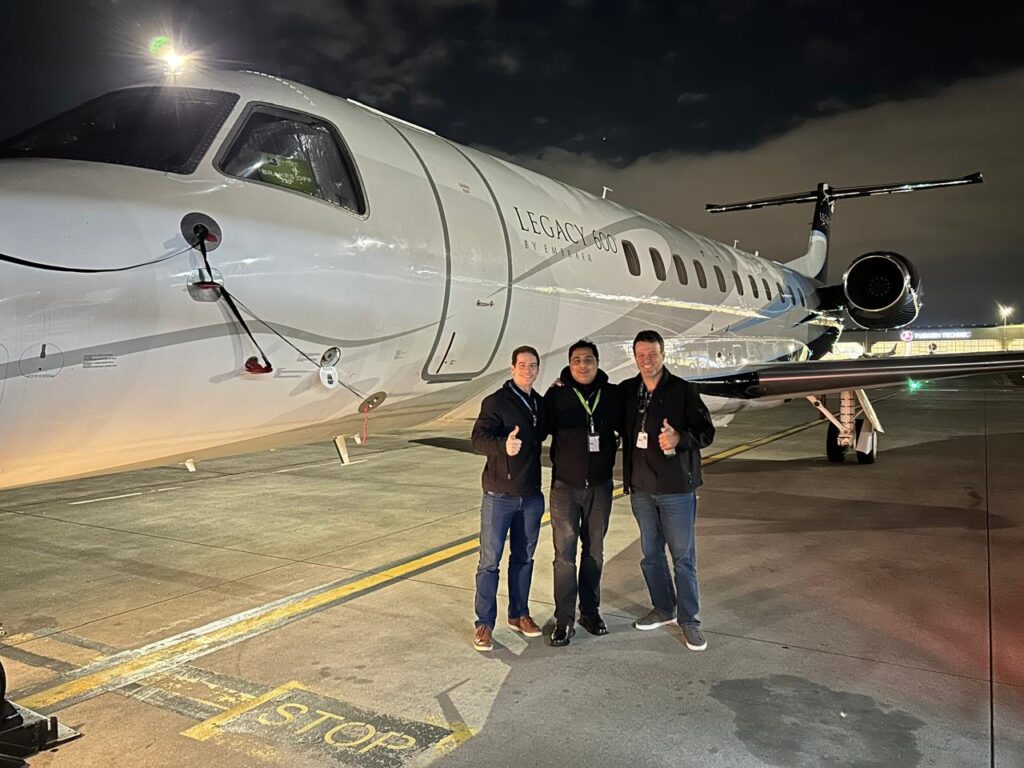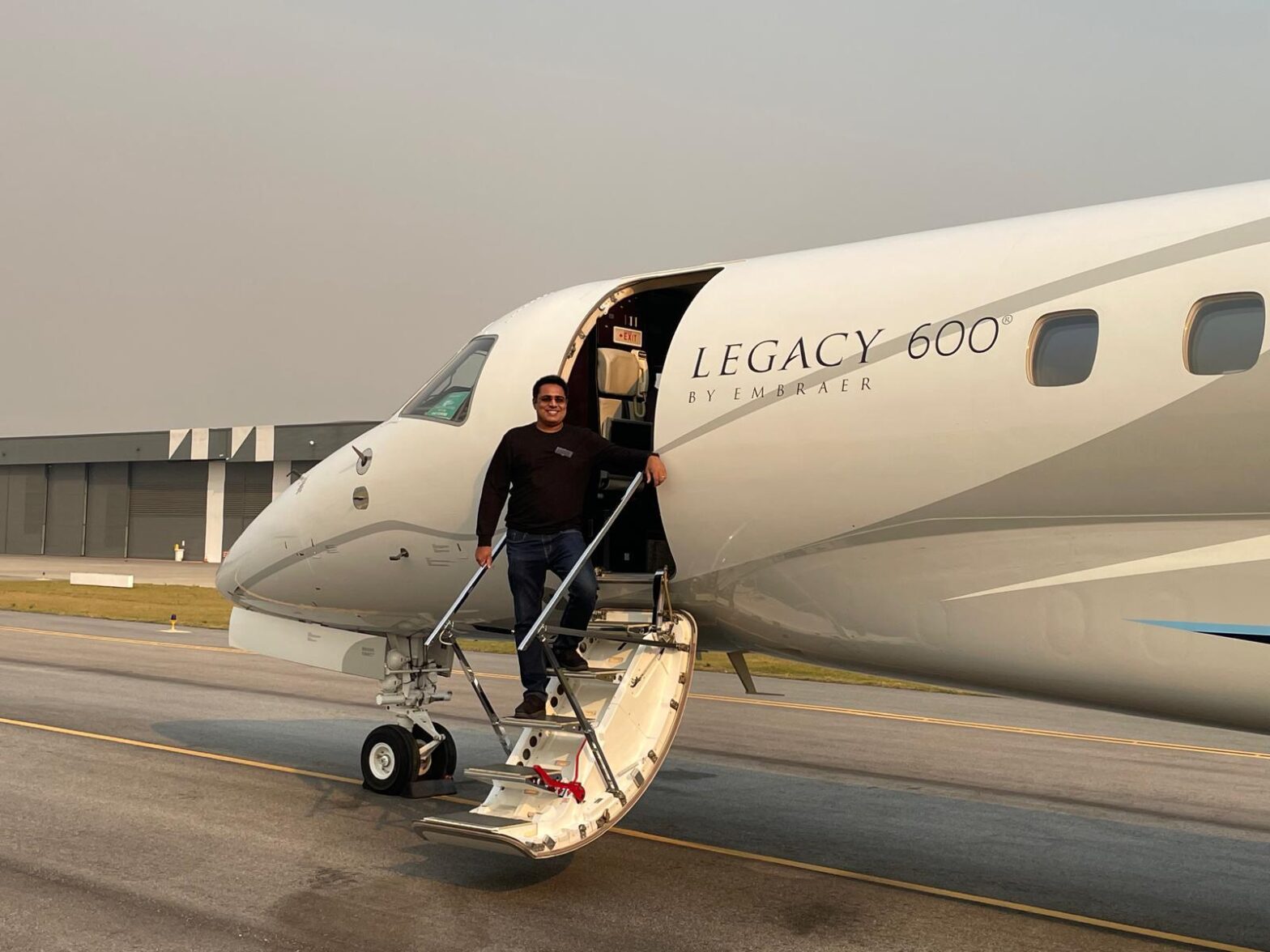India is changing. It’s evolving into a network of smart cities, powered by technology, innovation, and ambition. But there’s something missing in this story of progress—the sky. Roads and rails may have taken us far, but the true leap forward lies in the air. That’s where Air Kalinga (Aerokalinga Aviation Pvt. Ltd.) comes in—with a vision that’s as daring as it is necessary: to build smart skies for the smart cities of tomorrow.
This isn’t about airplanes. It’s about access, speed, opportunity, and freedom—everything a smart city stands for. Because what’s the point of having a smart city if people and businesses can’t move smartly too?
The Rise of Smart Cities, and the Gap in the Sky
India is investing billions into smart infrastructure—digital governance, sustainable power, efficient traffic systems. Cities like Bhubaneswar, Visakhapatnam, Indore, and Coimbatore are fast becoming models of future living.
But here’s the truth: Most of them are still dependent on overcrowded trains or long-haul roadways for regional mobility. The aviation network hasn’t kept up.
Tier 2 and Tier 3 cities still struggle for direct flights. And major airlines aren’t rushing to build routes that don’t promise instant profits.
That’s where Air Kalinga steps in—not as a competitor, but as a creator. A creator of connections. A builder of new routes. A bridge between ambition and access.
What Makes Air Kalinga Different?

Founded by Capt. Sandeep Mishra, a veteran commercial pilot with 22+ years of experience, Air Kalinga was born out of a simple idea: Aviation should serve the people, not just the privileged.
With a dedicated fleet including the powerful Legacy 600 and versatile Super King Air B-200, Air Kalinga focuses on regional charter services that connect India’s emerging cities with speed, safety, and style.
This is aviation designed not for celebrities, but for CEOs, doctors, government officials, investors, entrepreneurs, and families who value time and reliability.
Smart Skies: What They Actually Mean
A smart sky isn’t just about aircraft. It’s about an entire ecosystem that enables quick decision-making, agile transportation, and sustainable progress.
Air Kalinga’s vision for smart skies includes:
- Regional Airport Utilization: Using underused airports like Jharsuguda, Jeypore, and Sambalpur to decentralize air traffic.
- Digital Booking Systems: Making private air travel as simple to book as a train ticket.
- Customized Routes: Not waiting for demand—creating it by understanding what people and businesses actually need.
- Emergency Services: Offering medical evacuation and rapid-response flights across regions.
- Carbon-Conscious Choices: Investing in fuel-efficient aircraft and smarter operations to reduce aviation’s carbon footprint.
Why Regional Routes Matter Now More Than Ever
In the age of AI and 5G, it makes no sense for businesses to waste days on travel. Time is capital—and regional routes cut down that loss drastically.
Consider this:
- A top executive in Bhubaneswar can attend a board meeting in Kolkata and be home by evening.
- A doctor in Sambalpur can reach Delhi for an emergency seminar in hours, not days.
- A patient from Jeypore can be flown to a super-specialty hospital in Hyderabad in record time.
These are not dreams. These are realities that Air Kalinga is already building.
How It Impacts Customers, Cities, and Country
For the customer:
- No waiting in endless queues
- No delayed connections
- No detours
For smart cities:
- Better connectivity brings in more investment.
- Faster access boosts emergency response and medical outreach
- Seamless movement empowers both public and private sectors.
For India:
- It means less dependence on metros.
- A balanced growth pattern between urban and regional zones
- A genuine aviation map that reflects the country’s diversity and aspirations
The Odisha Model: A Case Study in Success
Let’s talk about Odisha—Air Kalinga’s home state and a perfect example of how smart skies can power smart growth.
Most of Odisha’s districts were long cut off from fast air access. Business, tourism, and medical travel suffered. But now, Air Kalinga is connecting towns like Jeypore and Jharsuguda, creating a blueprint that other states can follow.
This model is sustainable, scalable, and deeply rooted in local understanding, something big airlines often ignore.
The Future Isn’t Just in the Air. It’s in the Region.
Aviation is often seen as elitist. That’s changing.
Regional aviation is the future. Not jumbo jets. Not long-haul overseas flights. But short, purposeful trips that make daily life better.
Air Kalinga isn’t selling tickets—it’s offering transformation.
With government support for regional connectivity and public interest in smarter travel, the timing couldn’t be better. But what will define success is not just aircraft—it’s vision.
And that’s exactly what Capt. Sandeep Mishra and his team bring. A bold belief that India’s skies should belong to everyone—not just a few frequent flyers.
Final Words: Let’s Fly Smart
In the age of smart cities, smart homes, and smart tech, why are we still flying dumb?
Smart skies are the final piece of India’s development puzzle—and Air Kalinga is placing it.
So next time you’re thinking about how far we’ve come as a nation, look up. Because real progress doesn’t just happen on the ground. It takes off, route by route, sky by sky.
With Air Kalinga (Aerokalinga Aviation Pvt. Ltd.), the future isn’t just flying—it’s flying smart.
Private. Powerful. Purposeful. A New Era of Aviation in India
Private Jet Boom in India : The Air Kalinga Vision
